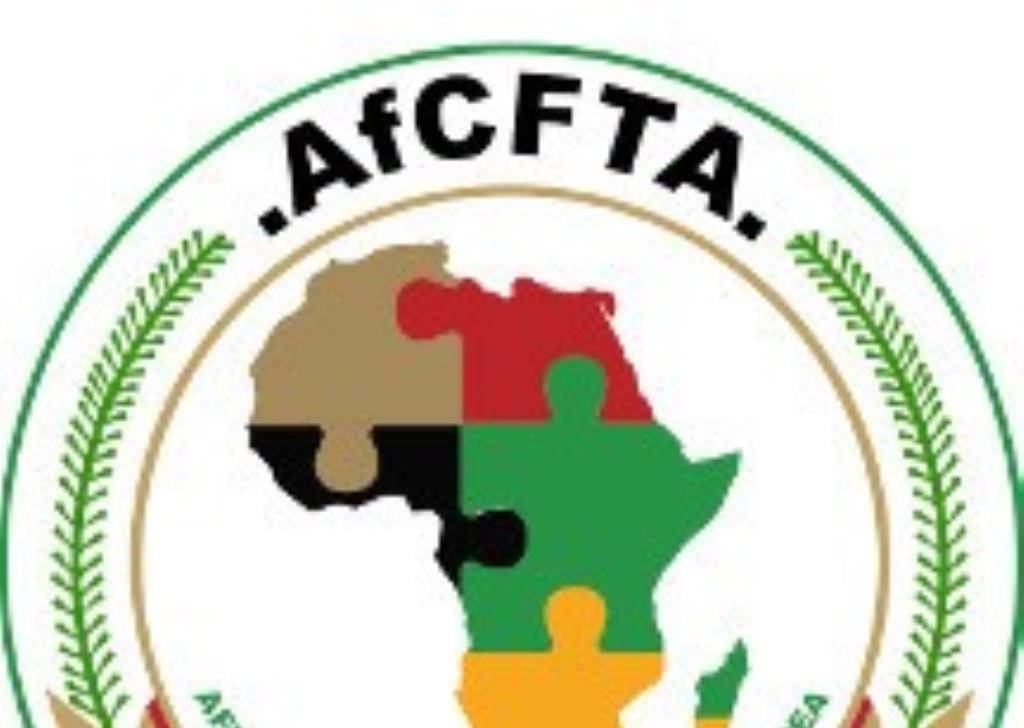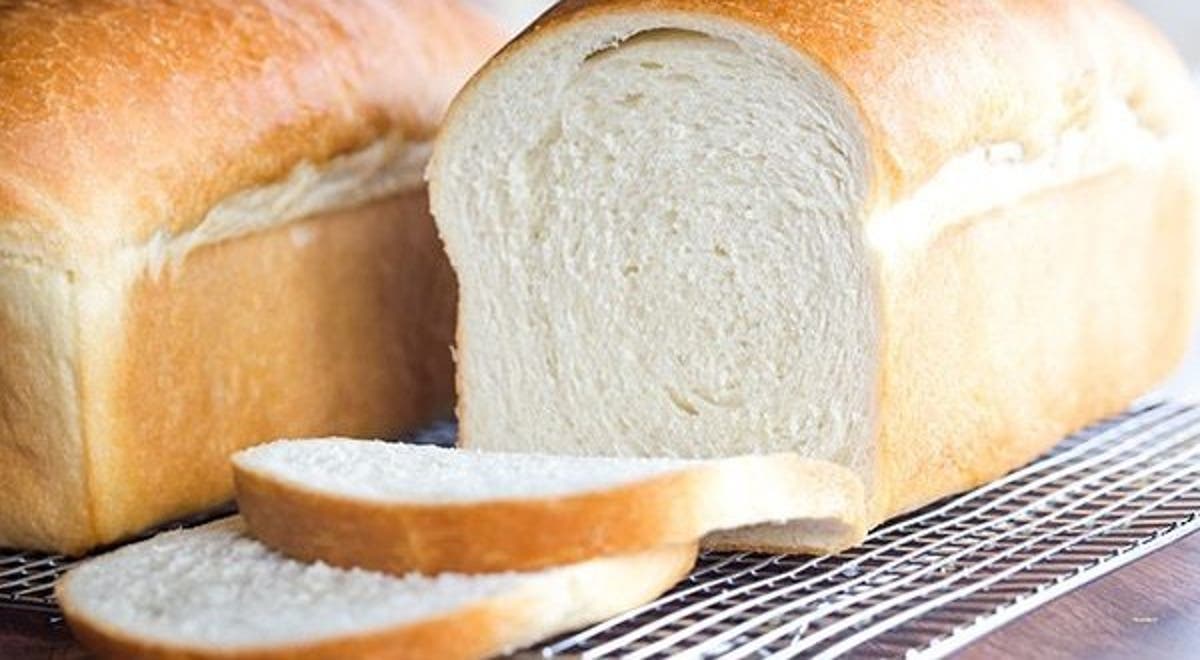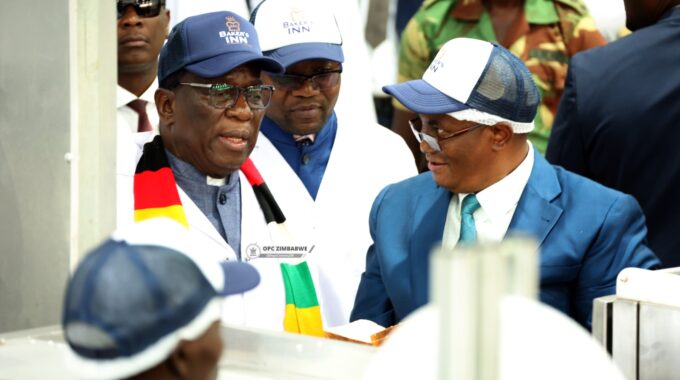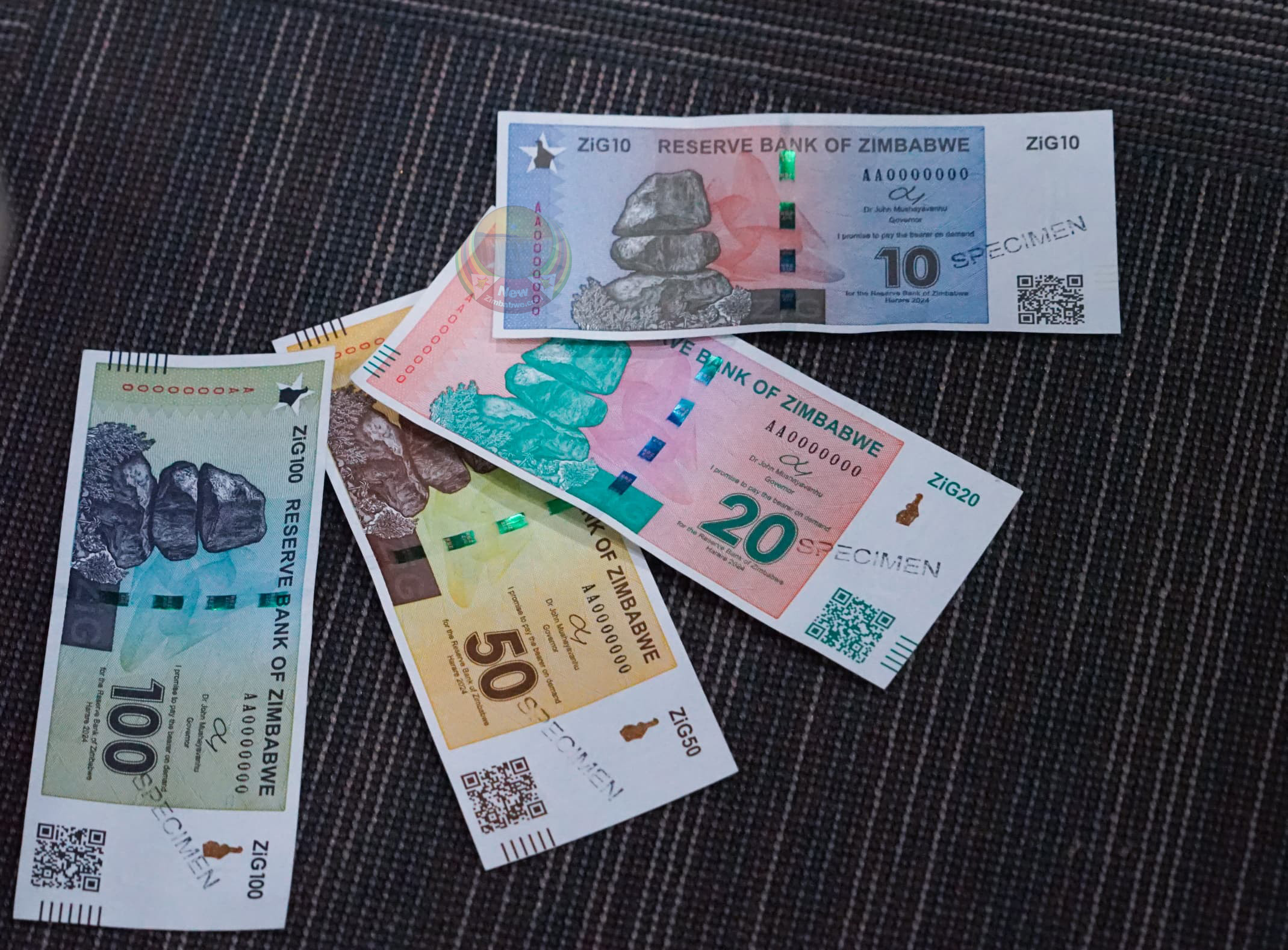Fast export growth will anchor ZiG and buy food
The figures showing a dramatic rise in exports in the first two months of this year by 37 percent to US$1,18 billion is very good news considering the sort of strains on the economy that this year is likely to produce as a result of the El Nino drought.
And at some stage we are going to need to get exports well above all imports, including the critical petroleum imports now largely funded with free funds, mainly diaspora remittances, so that petroleum importers buy their foreign currency from their banks and so can use the ZiG when they sell fuel.
Even with general falling mineral prices, the rising volumes, and the increase in processing within Zimbabwe, saw mineral exports rise from US$695 million in the first two months last year to US$739 million this year with gold and platinum group metals still dominating the mix.
This is not a huge jump, but considering the global prices any increase is extremely positive.
Zimbabwe is still over-reliant on mineral exports in its trade, but the percentage is now down to 62 percent, although likely to rise as more lithium mines come on stream and, more importantly, lithium exports moving from concentrates ores to processed lithium carbonate during the second half of the year.
Manufacturing is starting to make the sort of major effort that is required, almost doubling to around US$80,5 million in the first two months.
But that is still only 6,8 percent of exports. Industry in Zimbabwe is still wedded to import substitution, the stress from the very first industrial venture in the early 1900s when Charles Glass opened a Castle brewery in Harare to feed local demand for beer, and to a large degree using imported raw materials including malt, hops and bottles. The main difference now is the malt is local, but hops and bottles are still imported.
Industry did more local processing, with the millers leading the way, and then cotton processing, which died although is now being restored, and steel, which also died although about to come back with Disco almost ready to start production.
UDI almost 60 years ago, providing a huge surge in converting imported raw materials into manufactured goods, a problem that still bedevils industry.
There is a growing voice that this model is not preparing Zimbabwe very much for the development of the already existing Africa Continental Free Trade Area, which will open Zimbabwe up to manufactured imports from more advanced industrial countries that use or make their own raw materials. We saw the problem during dollarisation with South African imports especially.
So the rise in manufactured exports is important, and the pressure on the industrial sector must be continuous so that we a seriously competitive manufacturing sector that can handle continental markets.
At a guess at least half our manufacturing production will need to be exported if we are to be a major African industrial country.
Import substitution can create an industry and develop it in a home market, but the protection of import licences and duties will end with AfCFTA and industry needs to be aware of that and be working to make sure that it can cope. When we find imports cheaper than the equivalent Zimbabwean products we know we have a problem.
This will also require a fair slice of the manufacturing sector to be contracting farmers for many raw materials of the exportable products.
Just for example, if we double oil seed production we can export cooking oil, but we might well have to look at the premium brands, such as sunflower or even sesame, to compete with what other manufacturers are producing.
Tobacco manufacture, that is a two-fold process of converting a lot more crop into the shredded tobacco, a sort of value addition like we see in minerals, and the actual making of cigarettes and pipe tobaccos for export.
AfCFTA will remove the trade barriers designed to protect monopolies in other countries that might not grow much, if any, tobacco, but it will not mean free trade.
Generally free trade areas, such as the EU single market, retain the national excise duties on tobacco and alcohol products and these duties make up most of the retail price in some markets, such as the South African market. So a cheaper product will not make very much difference in retail prices.
While Zimbabwe can and does produce the standard triple of Virginia tobacco cigarettes, the red, blue and green boxes of toasted, plain and menthol brands, it is missing a large potential market by not spreading into non-Virginia tobaccos. Again there is need for manufacturers and potential manufacturers to link up with farmers.
But in the meantime, linking up with external manufacturers to get a lot of the intermediate processing done in Zimbabwe, such as producing cut leaf, will add a lot of value without the need to fight excise duty problems.
The advent of the steelworks at Manhize will provide raw materials for whole new range of manufactured products, especially once the sheet steel plant and stainless steel plants in later phases are commissioned. Africa is short of the heavy industry that is so badly needed. Metal bashing might be old fashioned in service economies, but is still needed.
China is not only the largest single market for Zimbabwean minerals and tobacco, the main exports, but is a growing market. Manufactured exports to China are obviously not going to happen, but the value of the exports can be enhanced by persuading Chinese customers to do more of the initial processing in Zimbabwe.
The increase in exports is critical in another respect, for the support of the new ZiG.
Petroleum fuels have not been brought into the ZiG economy due to the decision to have zero fuel queues by allowing fuel companies to import through the pipeline system and the Msasa depot but using free funds.
The main reason for this is that while Zimbabwe’s trade account is improving, there are still more imports than exports. But when fuels are not paid out of export earnings, there is a surplus of export earnings over what importers need.
This factors in the fact that whole there is a negative blance on the trade account there is a positive balance on the current account, thanks largely to the inflow of diaspora money, now roughly 20 percent or so of the inflows.
Some of this feeds the luxury markets and the corss border traders, but a fair amount goes into fuel. People buying fuel at service stations largely use diaspora money, either received directly or through the economy with a banknote changing hands many times before ending up at the pumps.
The Reserve Bank of Zimbabwe became a little hesitant when the non-ZiG fuel sales came up in questions and there was muttering about ZiG sales happening “in time”.
But the critical point is that fuel cannot be imported using the banks until exports are well in advance of imports.
Besides the need for currency for the non-fuel imports, which are largely funded from exports, there is also the growing State requirement.
The debt overhang is being tackled and agreements are being worked out, but that will mean that a percentage of foreign currency inflows will need to go on servicing national debt.
This is probably possible with rising exports and petroleum staying out of the export-earning sources, but exports will have to rise a lot further, with imports kept in rein, until there is a sufficient surplus of exports to fund ordinary imports, fuel imports and cope with the Government financial requirements.
This year is going to be a bit trickier with the need for food imports. Initial estimates are that the Government will need to spend around US$800 on grain imports, perhaps a little less if the wheat harvest is pushed, and then the private millers will need to scoop up some of the export earnings to import much of their own requirements, although again contract farmers can produce some.
No one is blowing whistles, although to some degree the cost of the imports will be related to what sort of aid Zimbabwe gets, but fairly obviously a good chunk of the extra export earnings are going to be spent in food for around eight months, when the stockpiles are run down and before the 2025 harvest is available.
That will probably delay a ZiG fuel industry becoming near universal and so delay the march of the ZiG to becoming the dominant transaction currency. It is theoretically possible for fuel to be imported from the export earnings, but that would see a sharp slump in exchange rates as export earnings are rationed by price, and that is the last thing the economy needs at the moment.-ebusiessweekly










